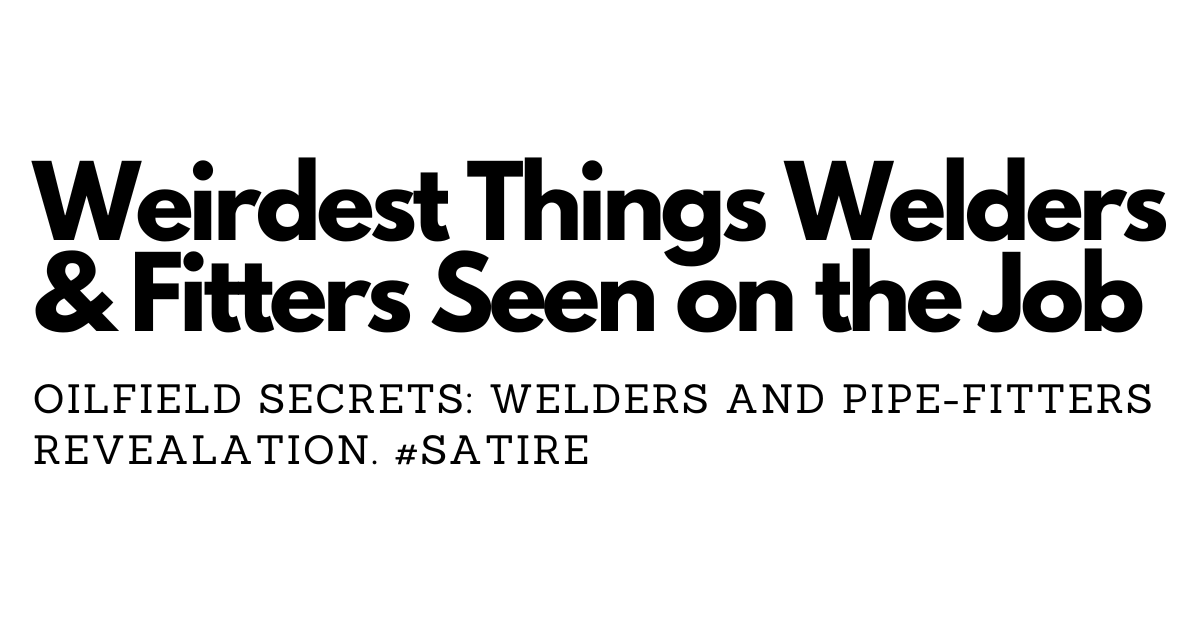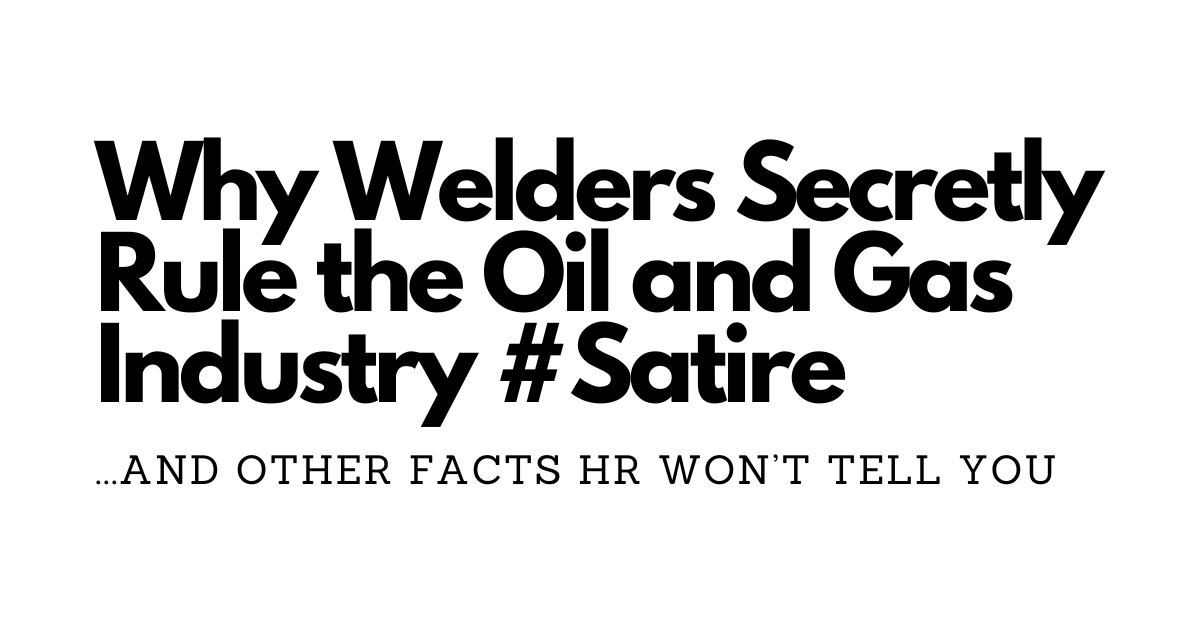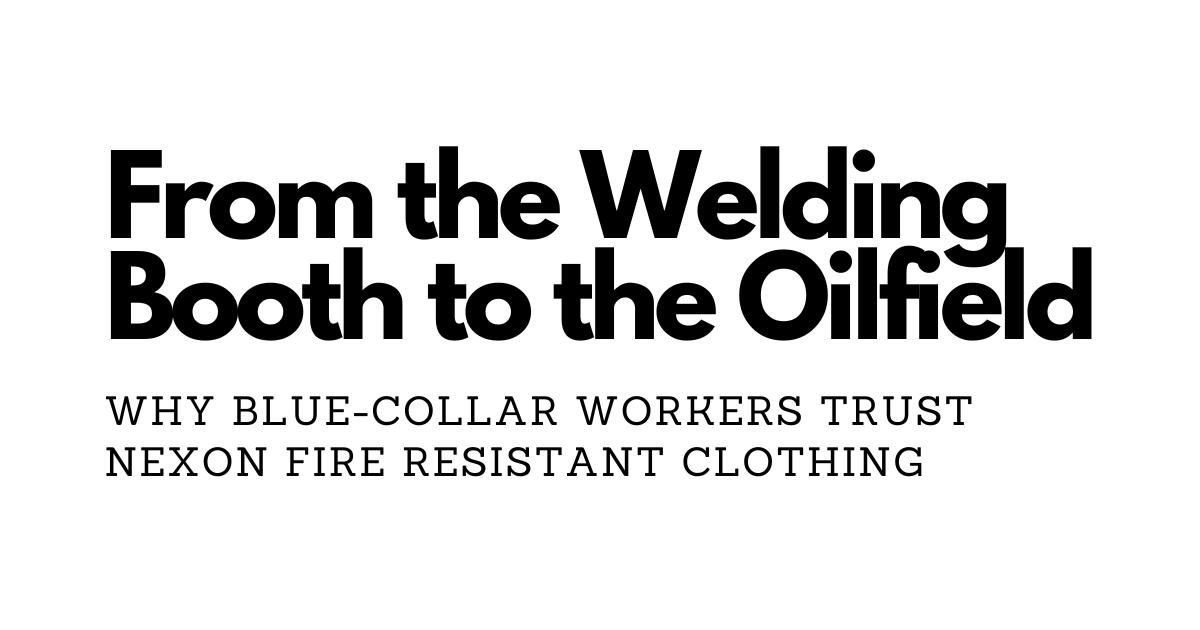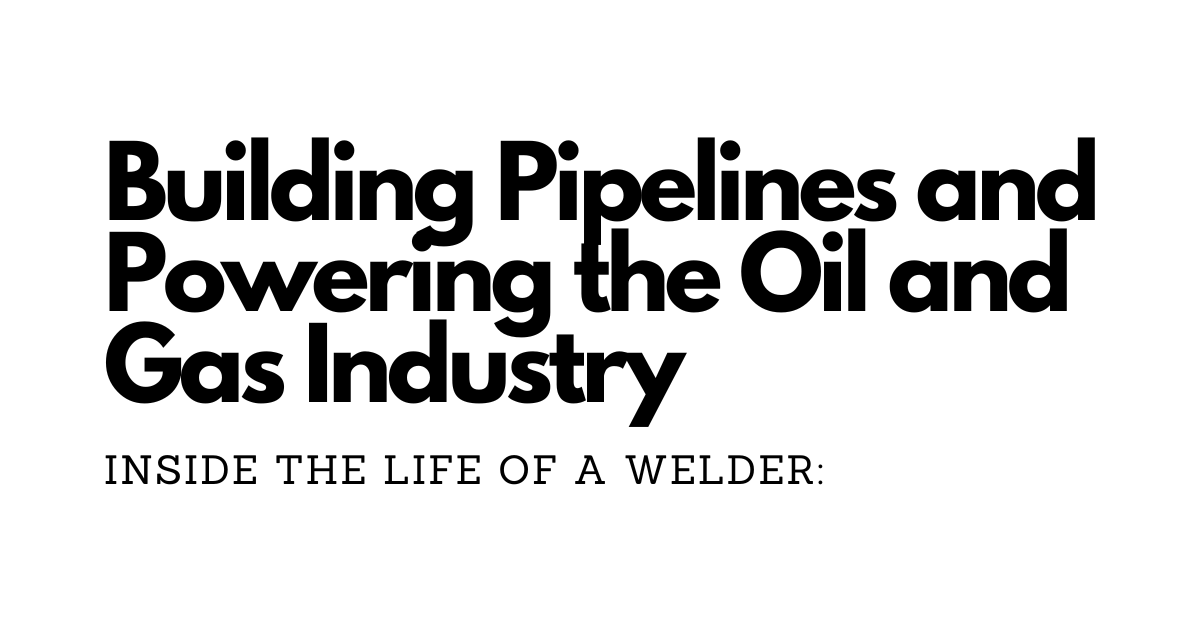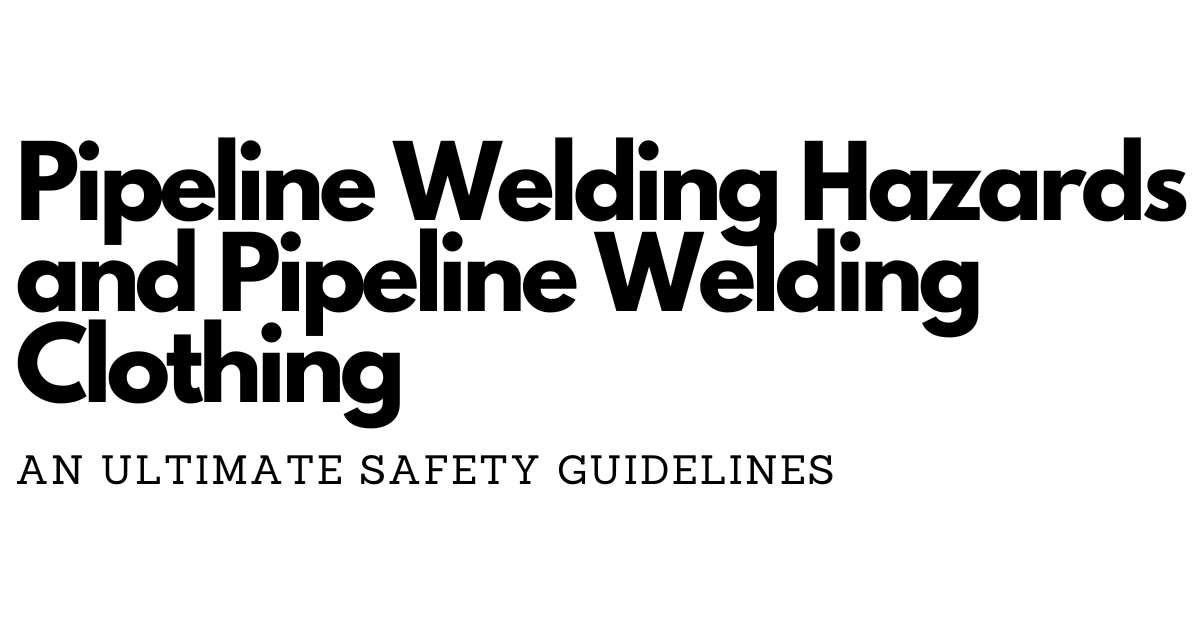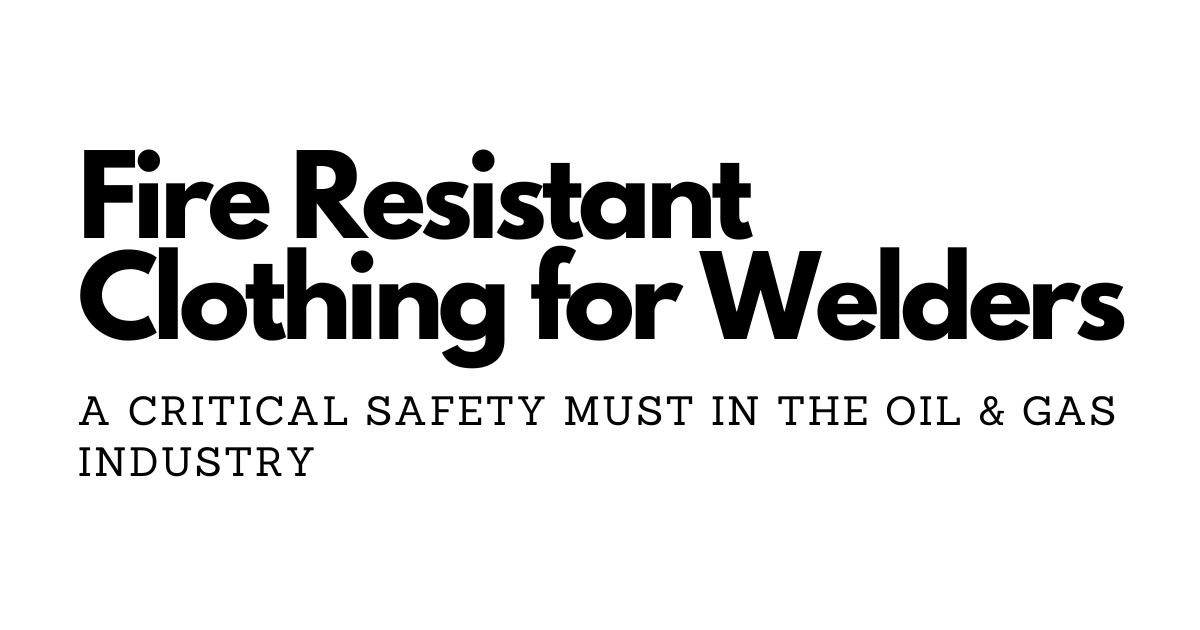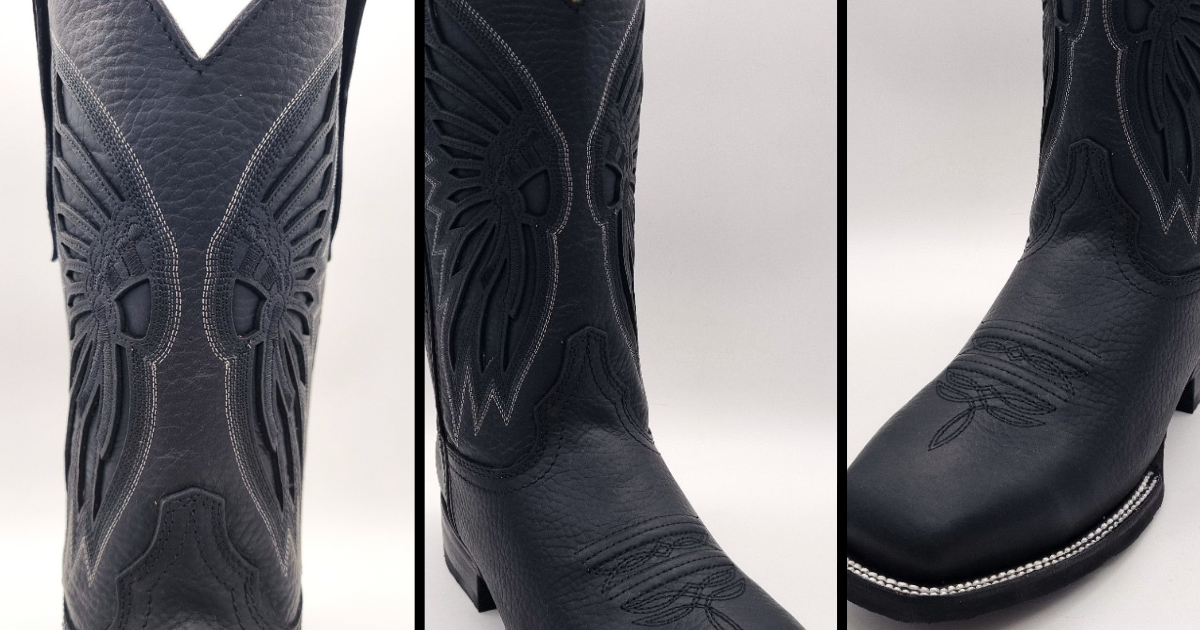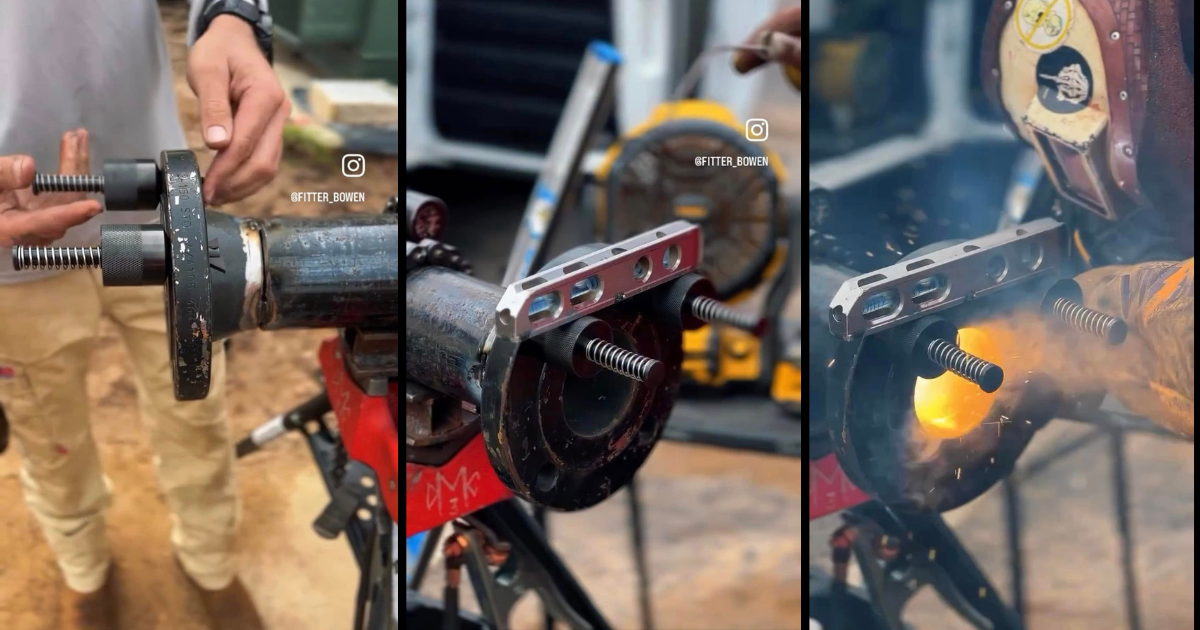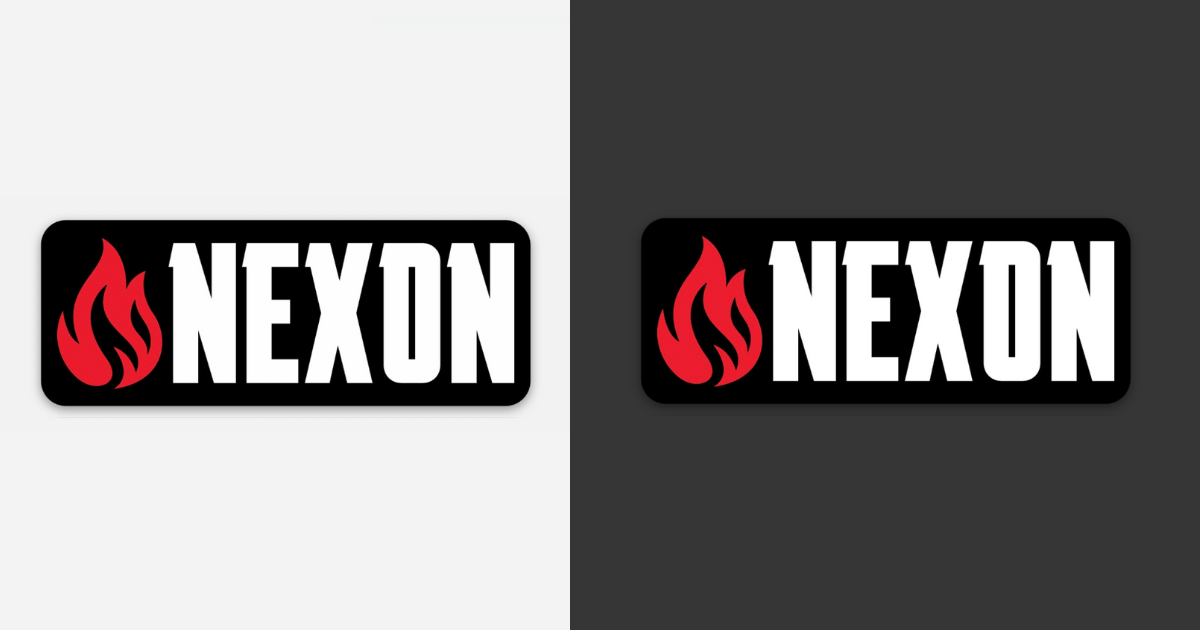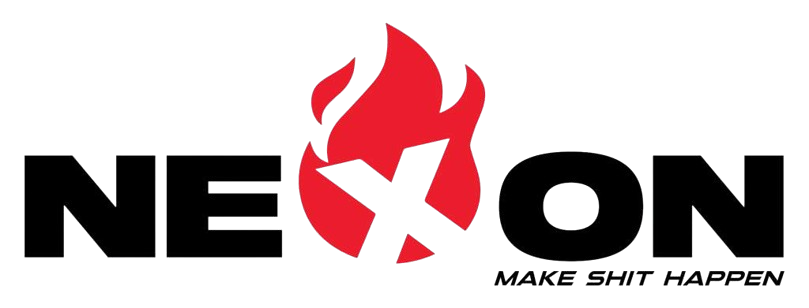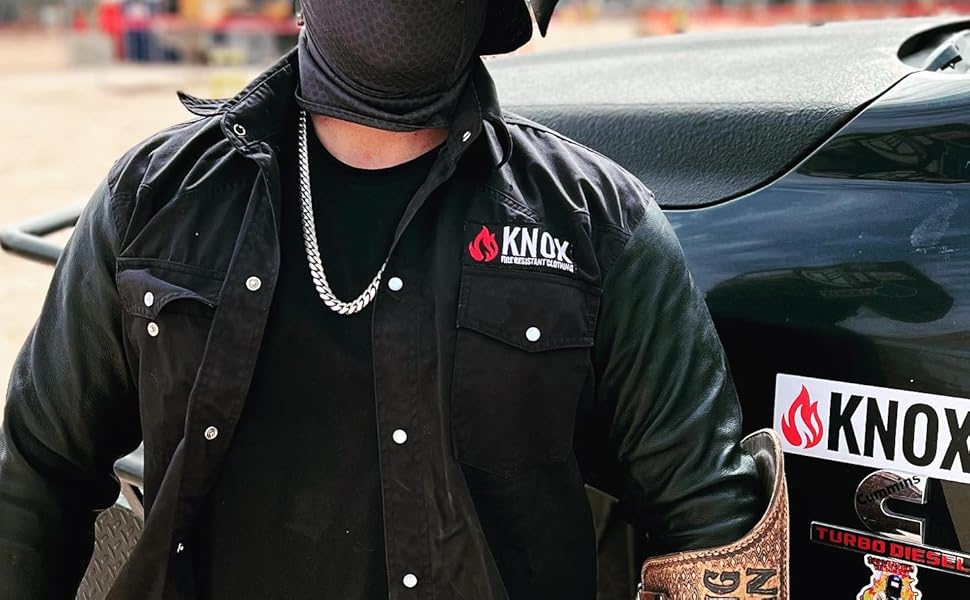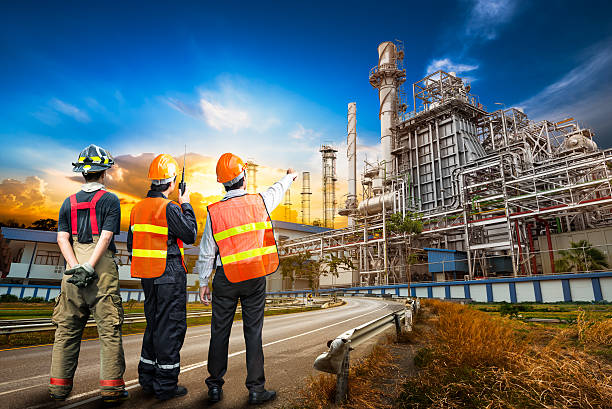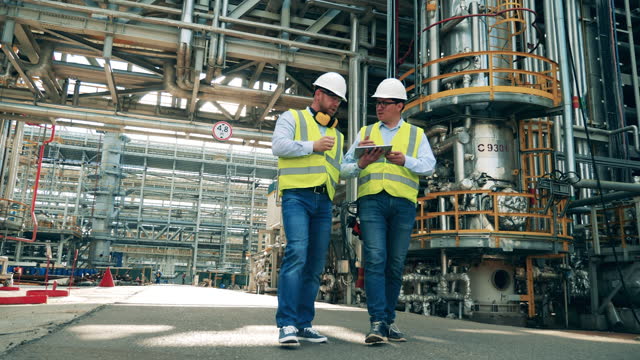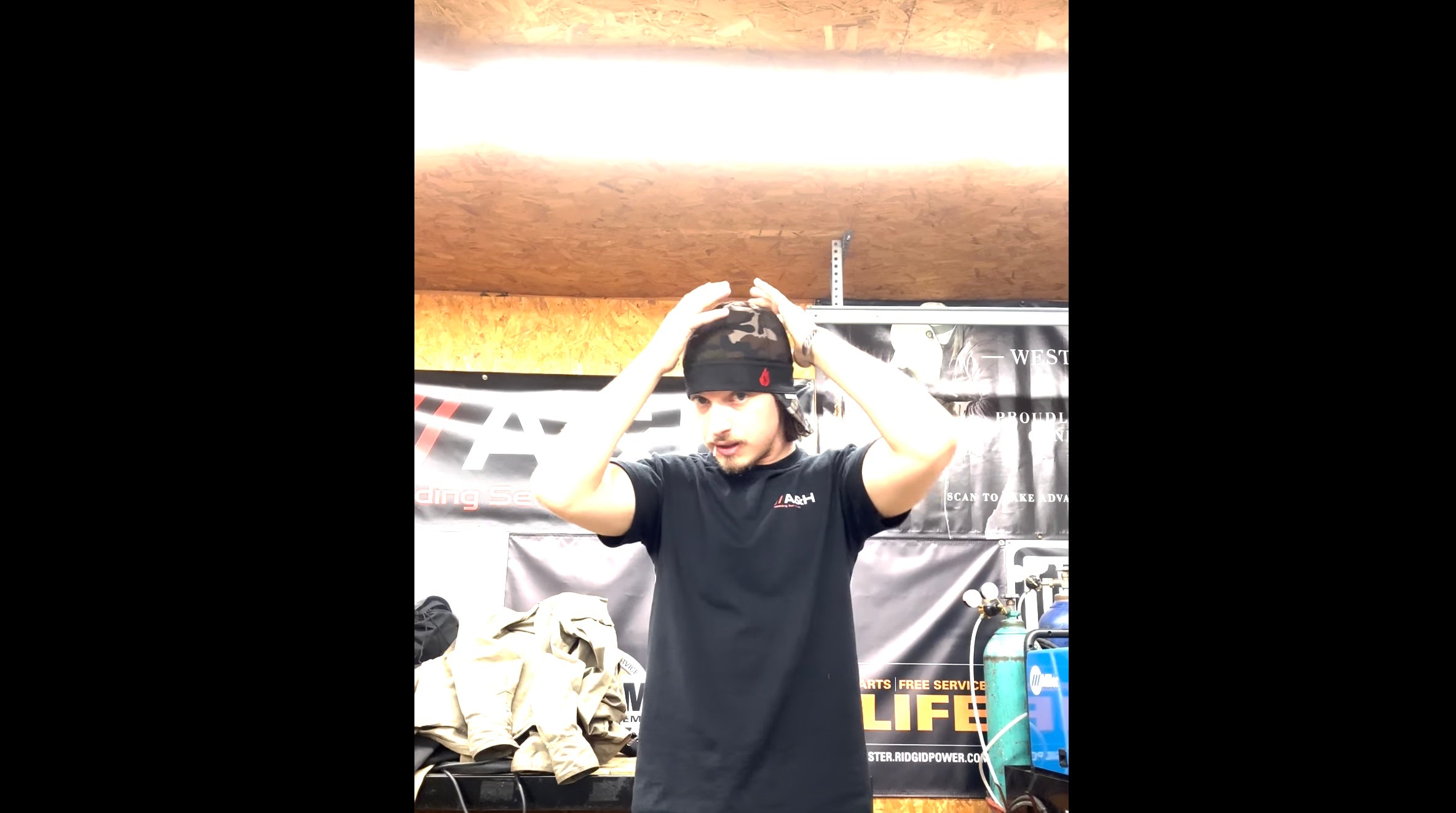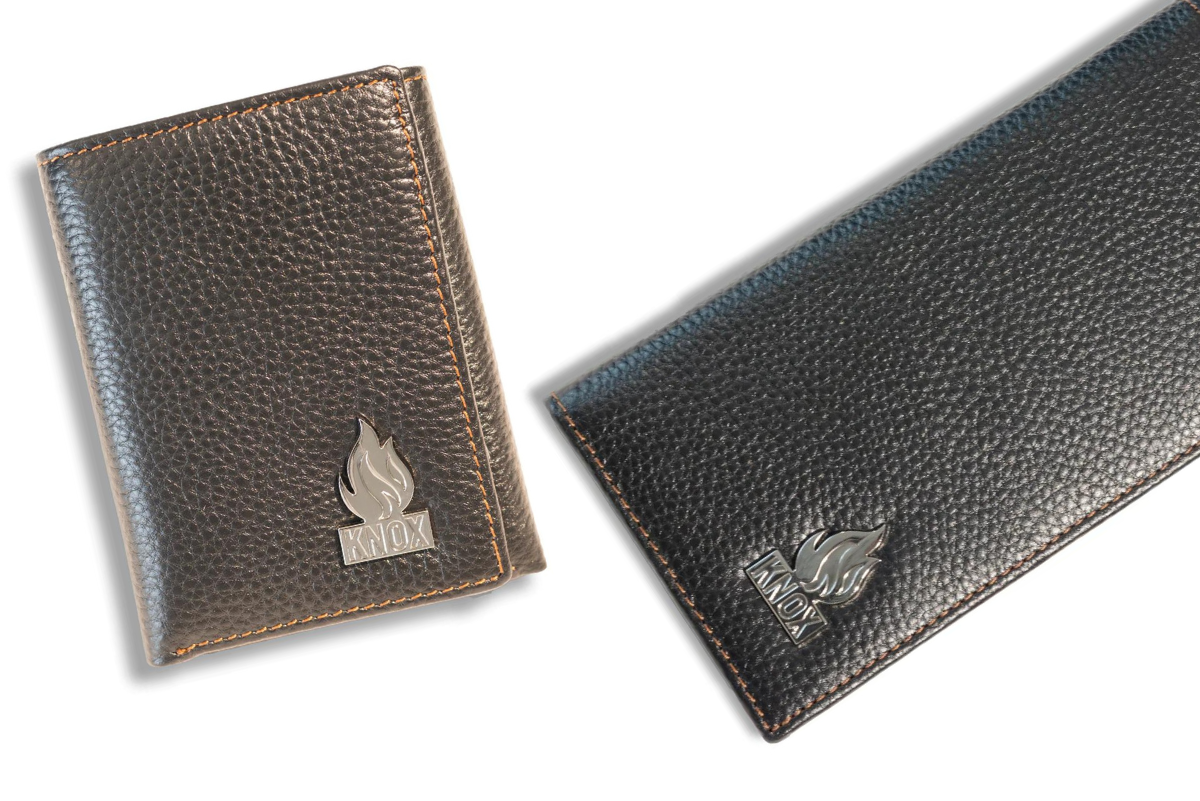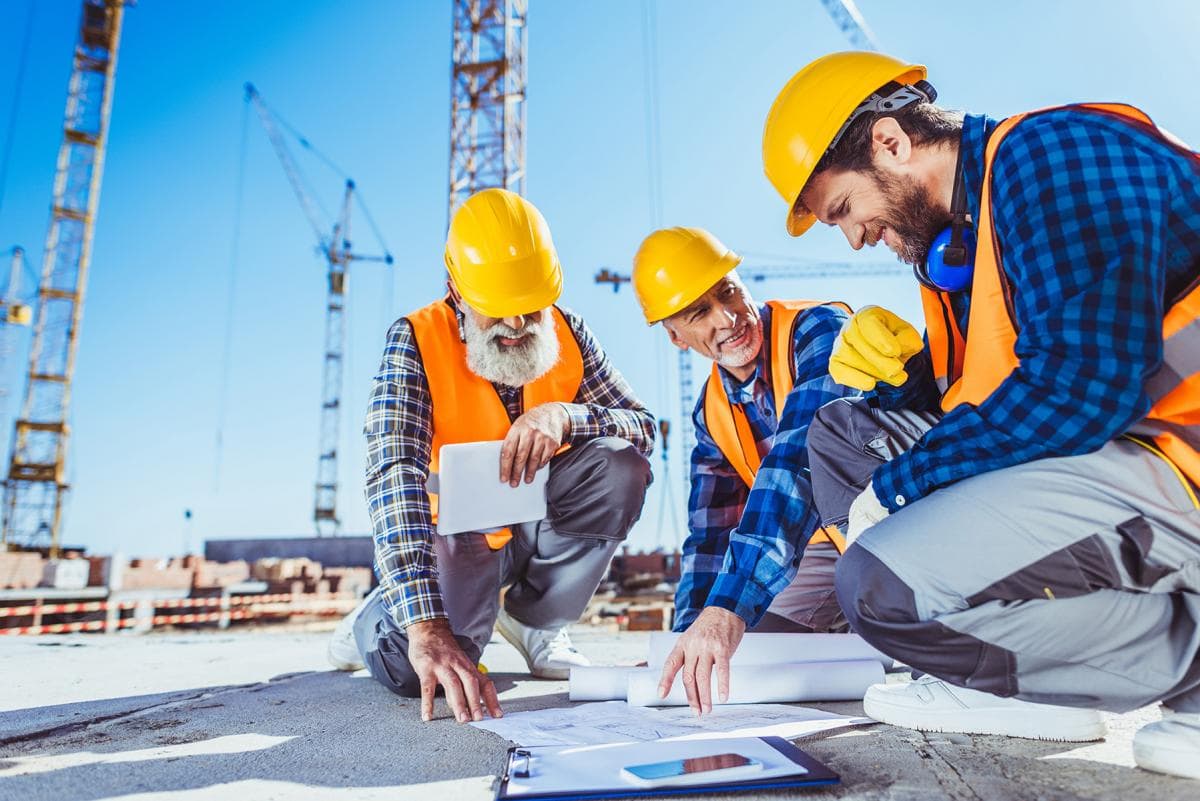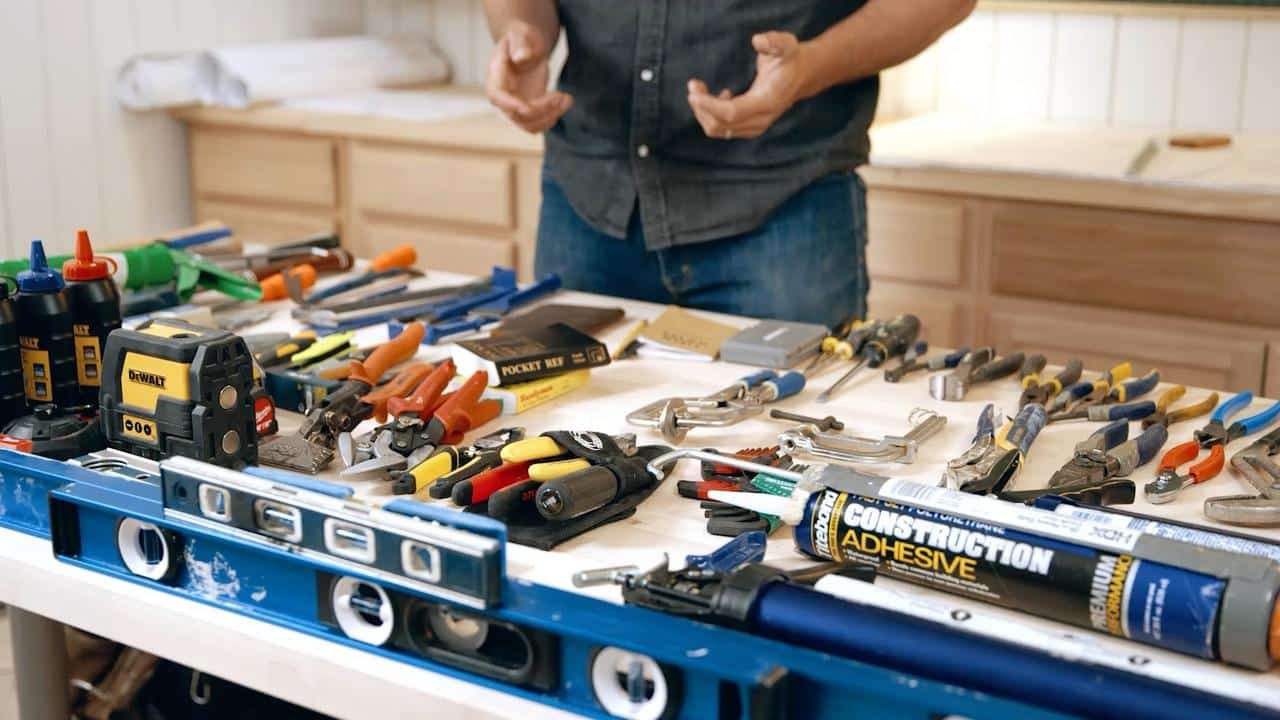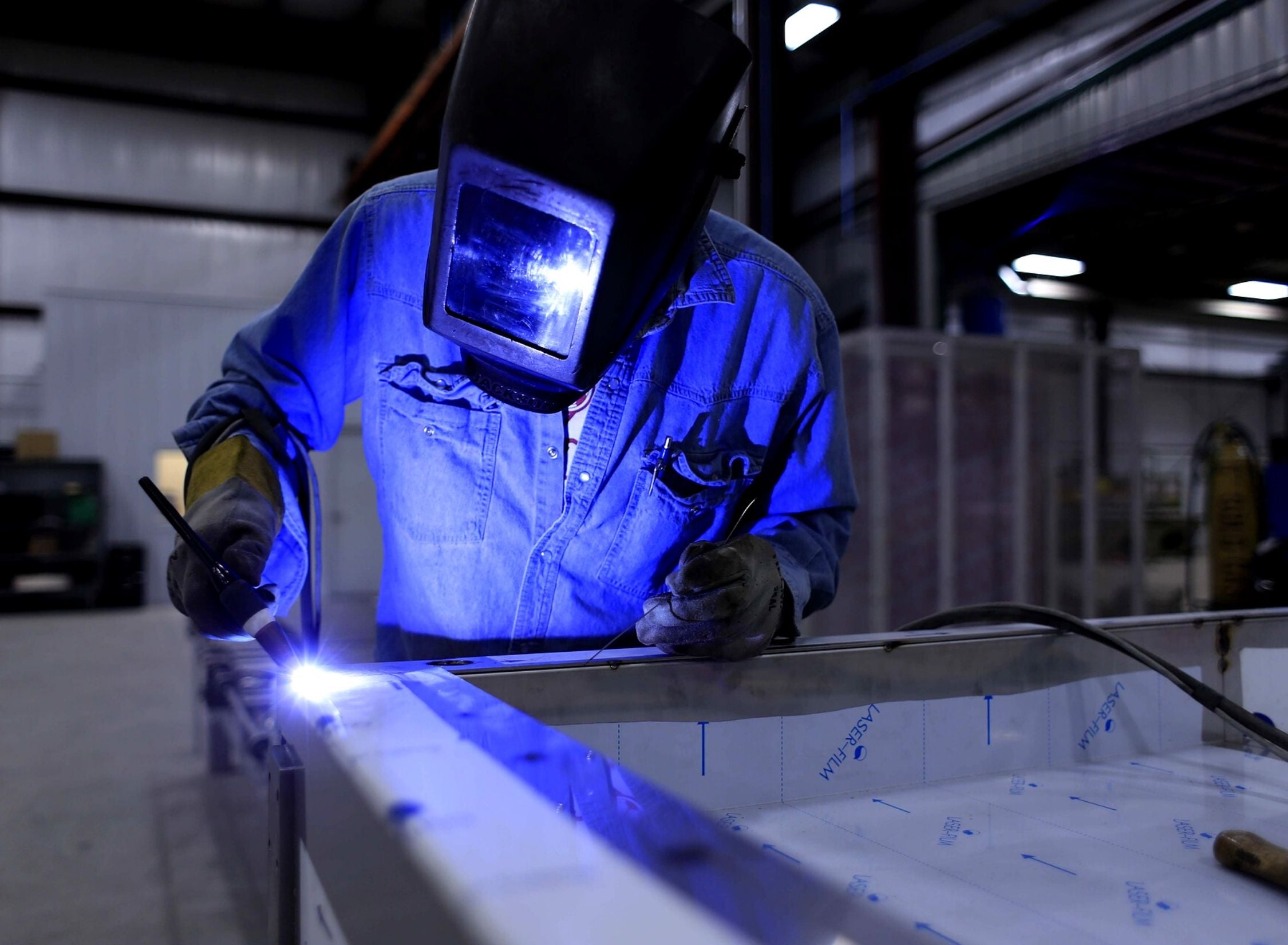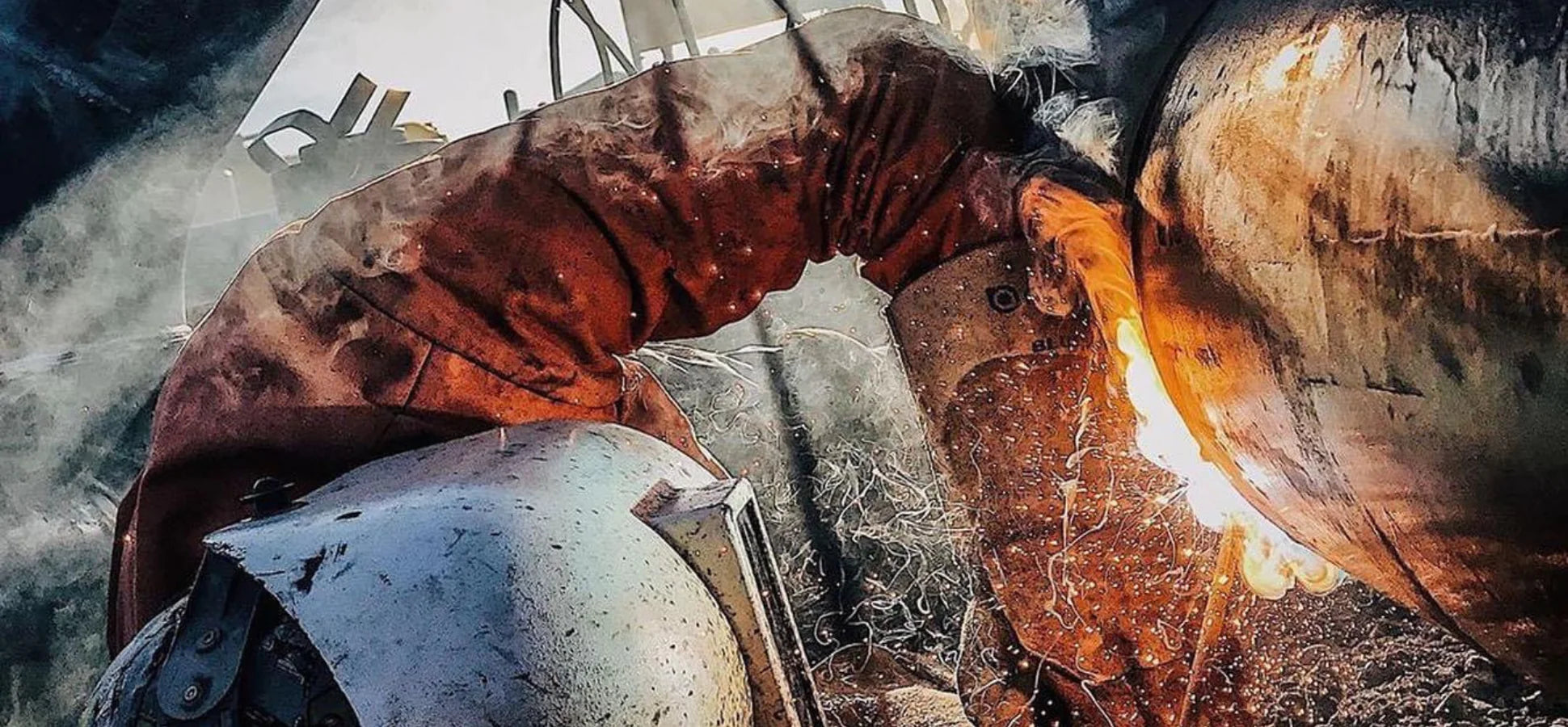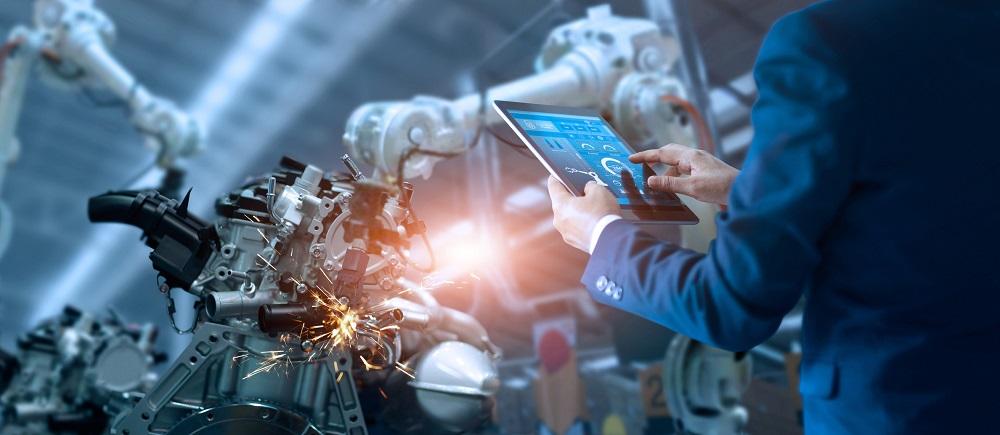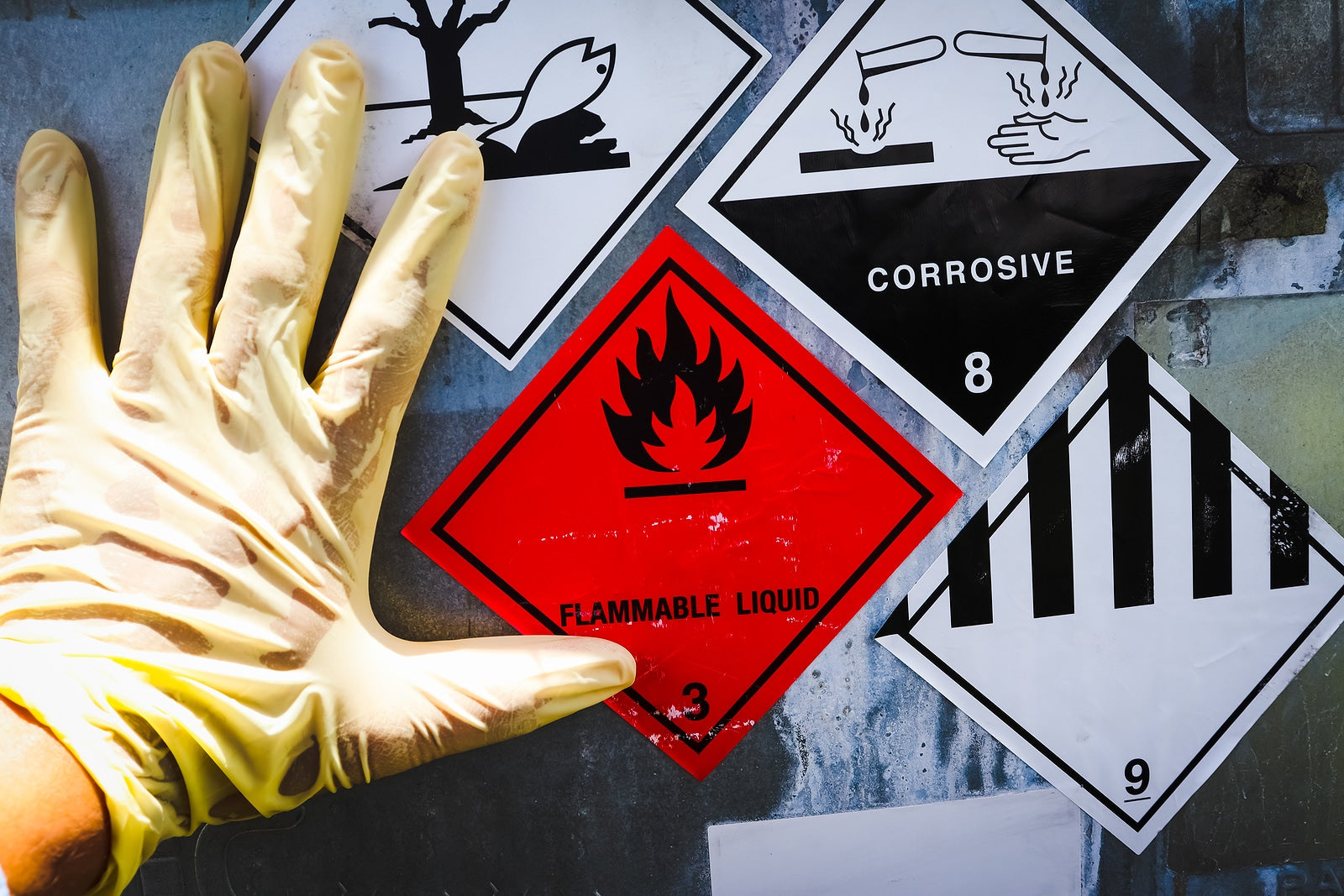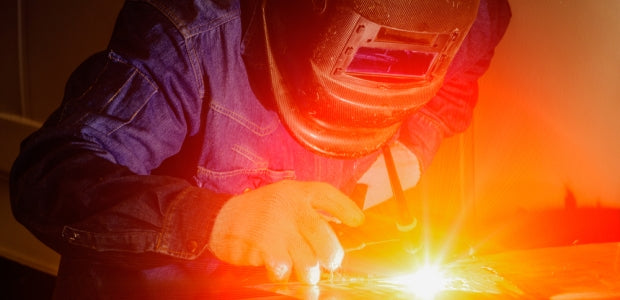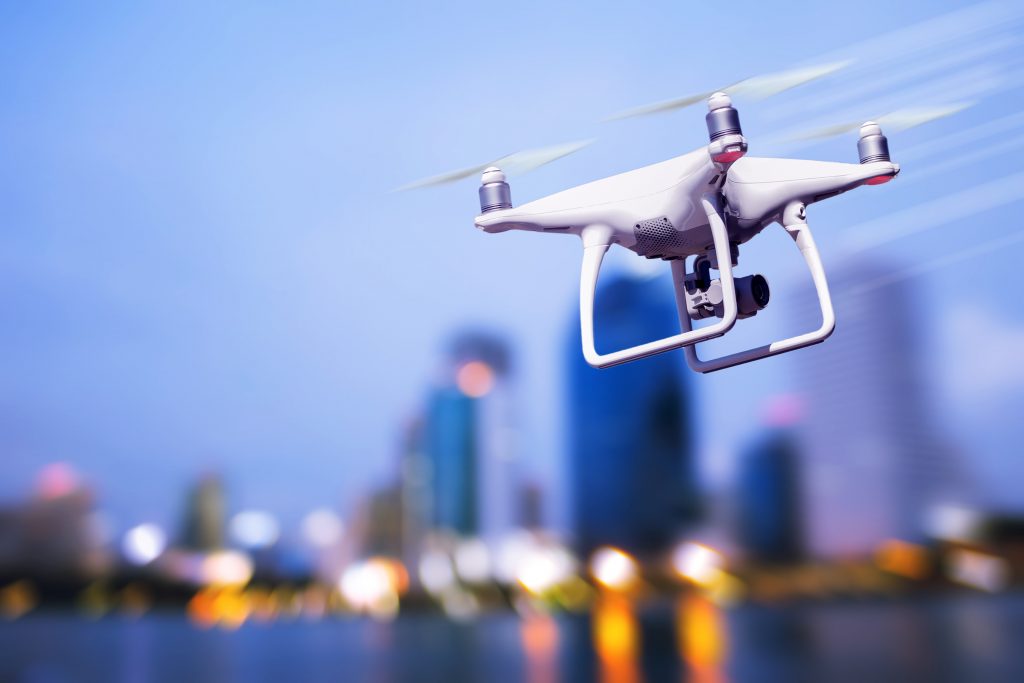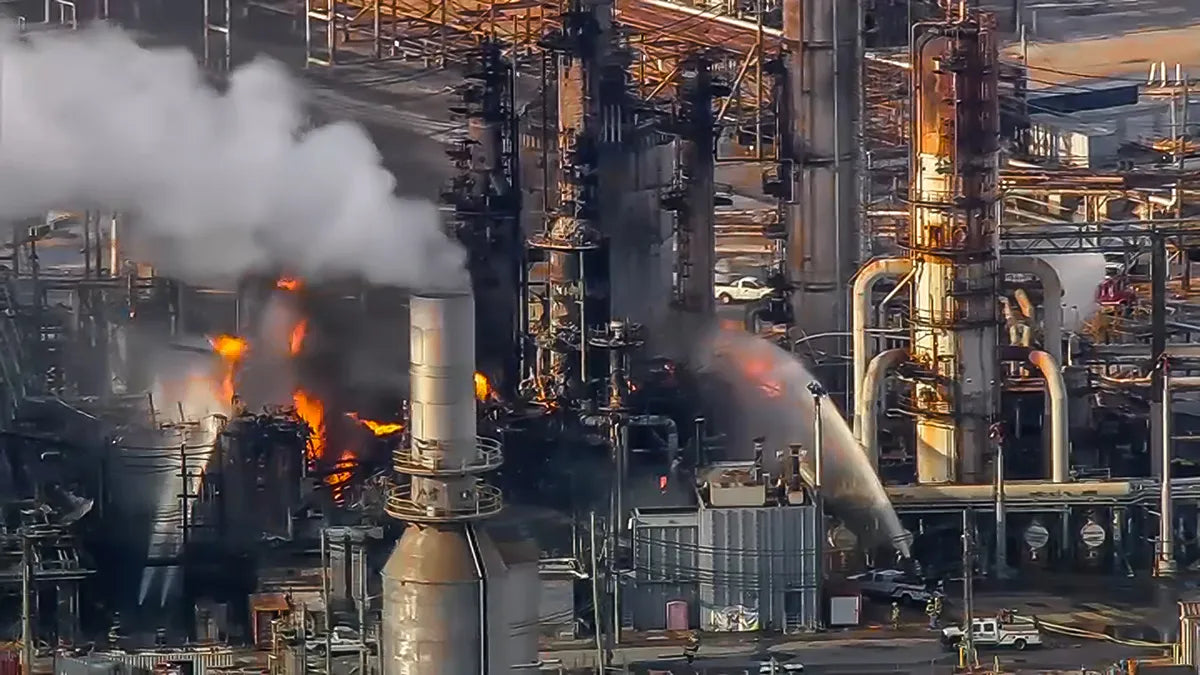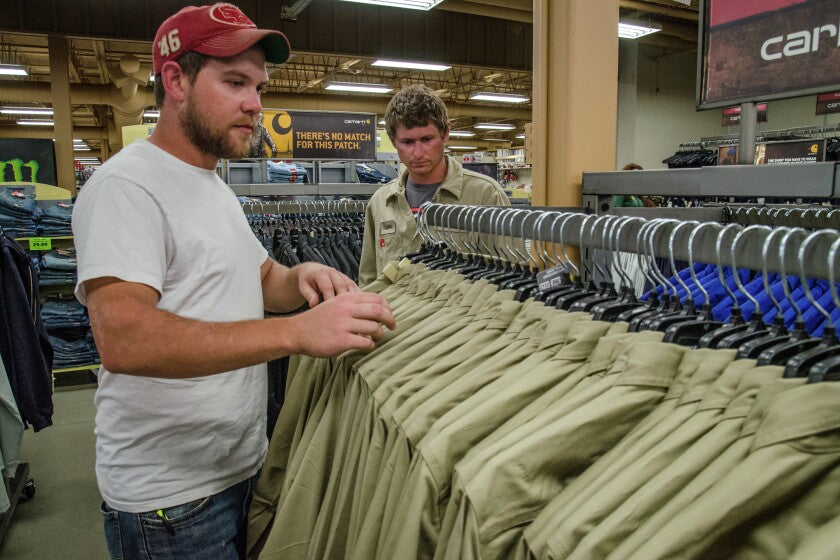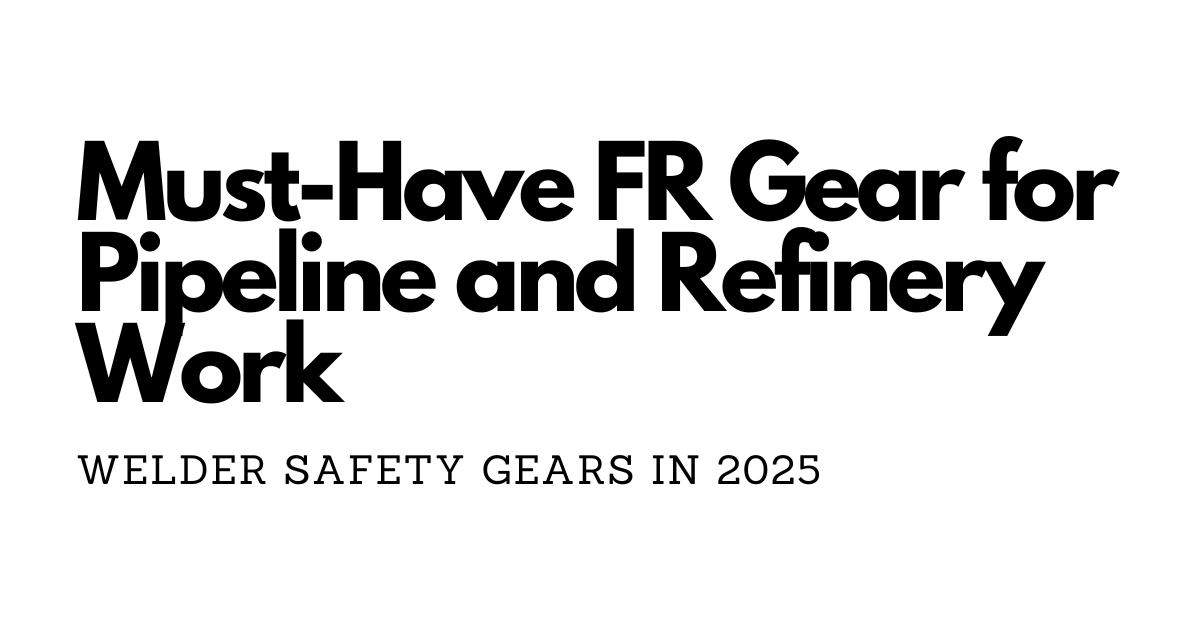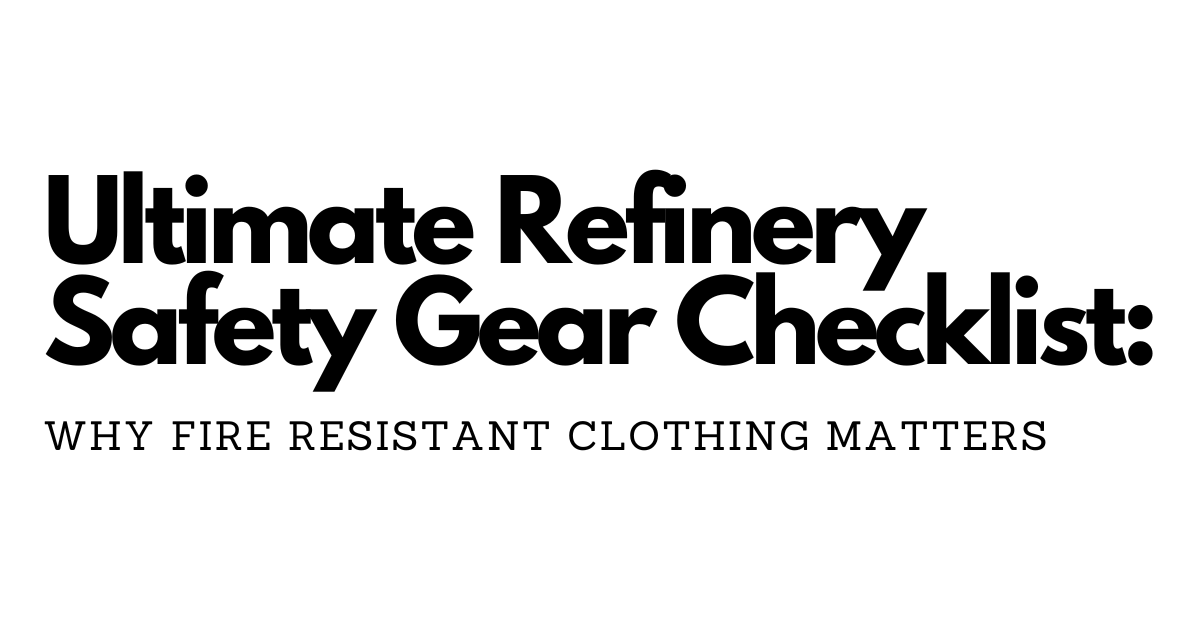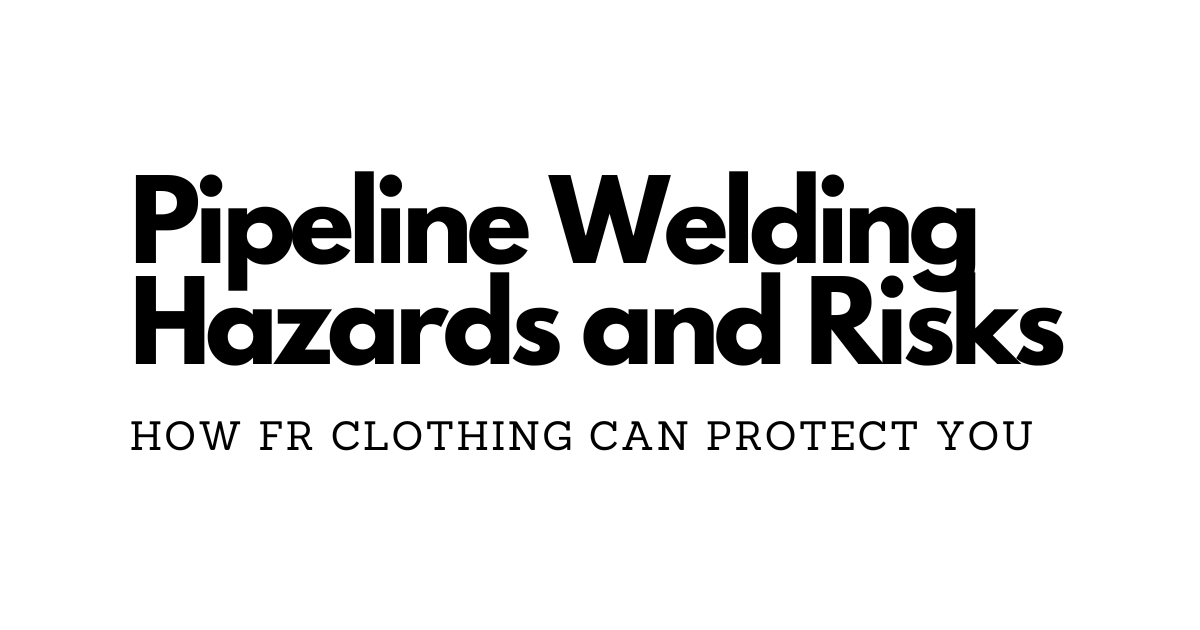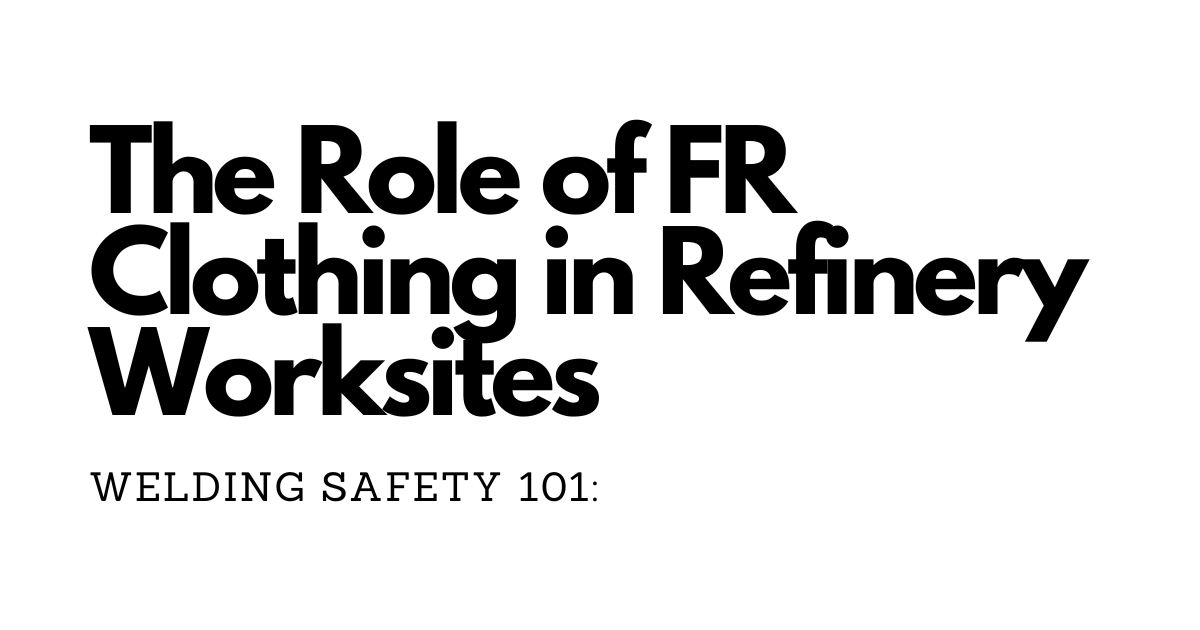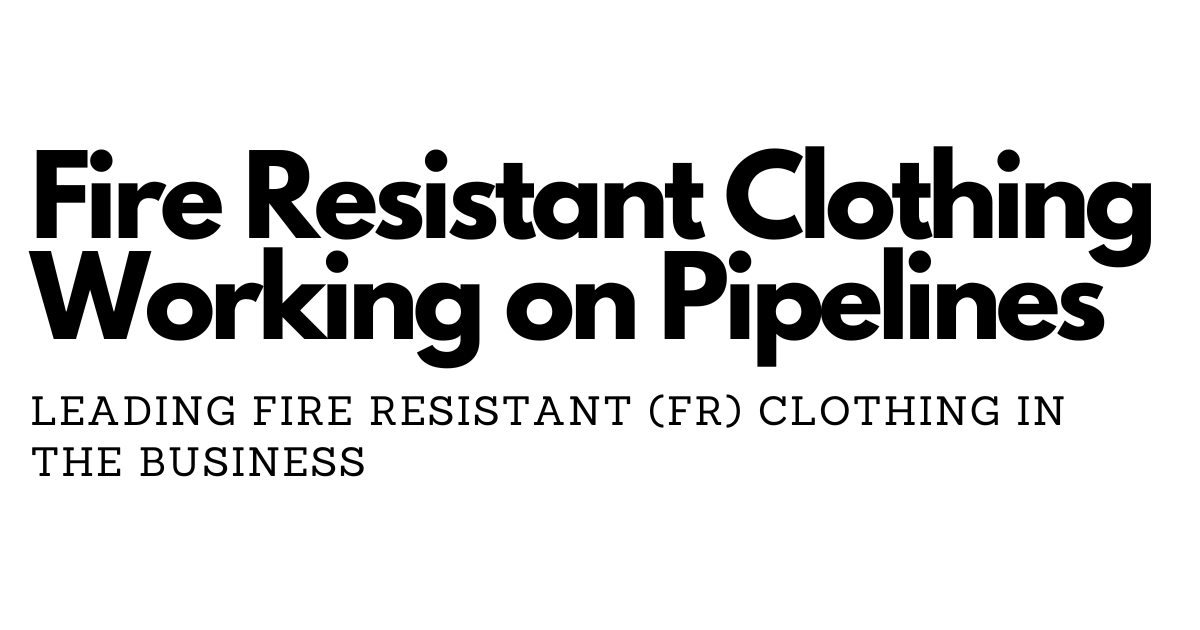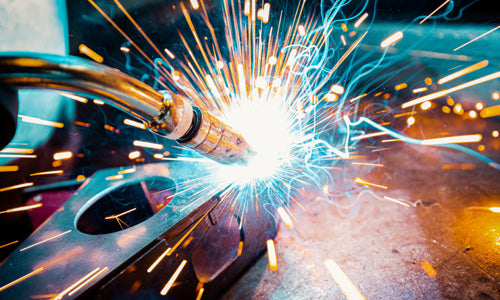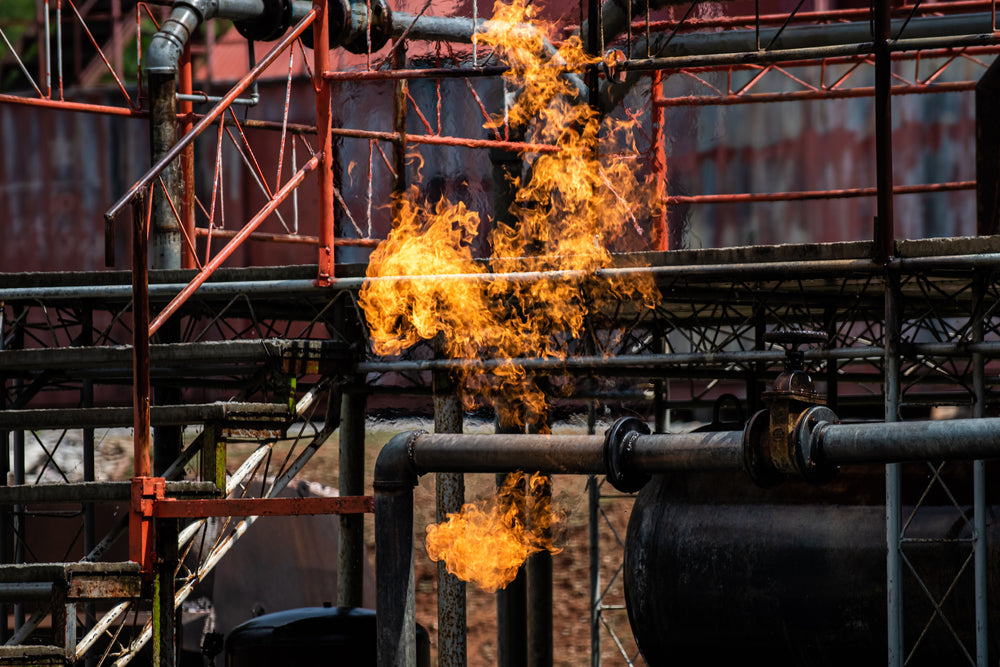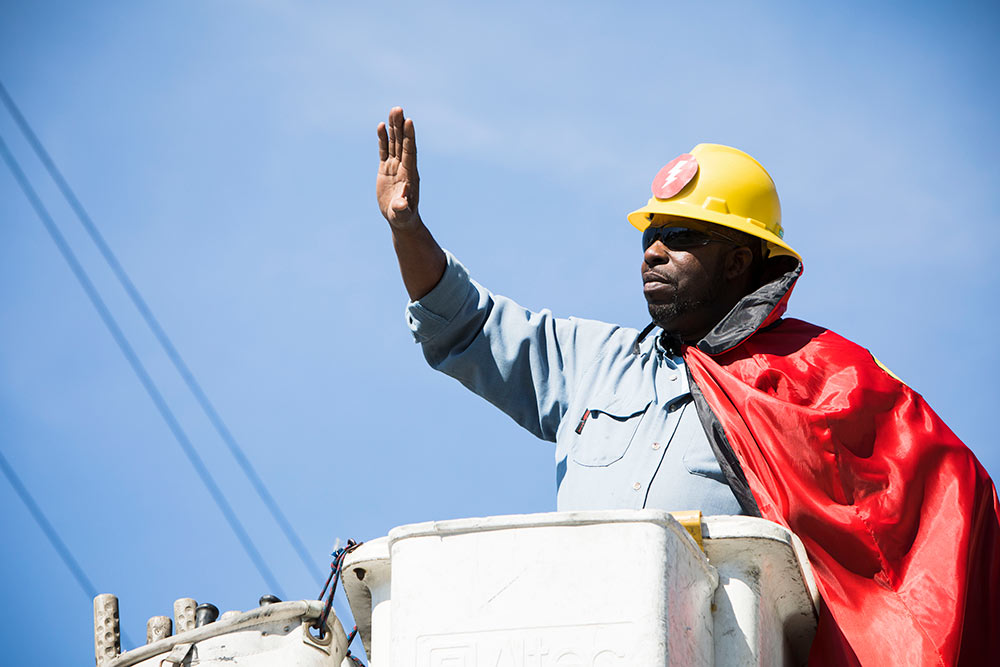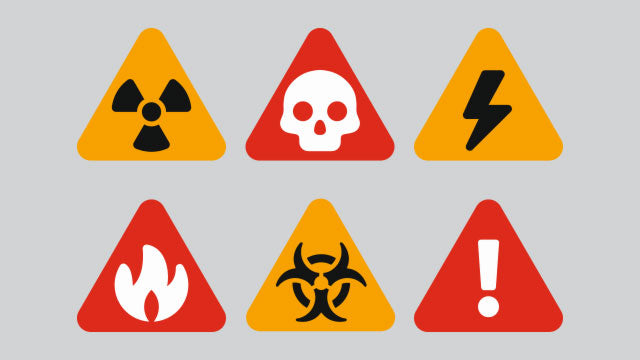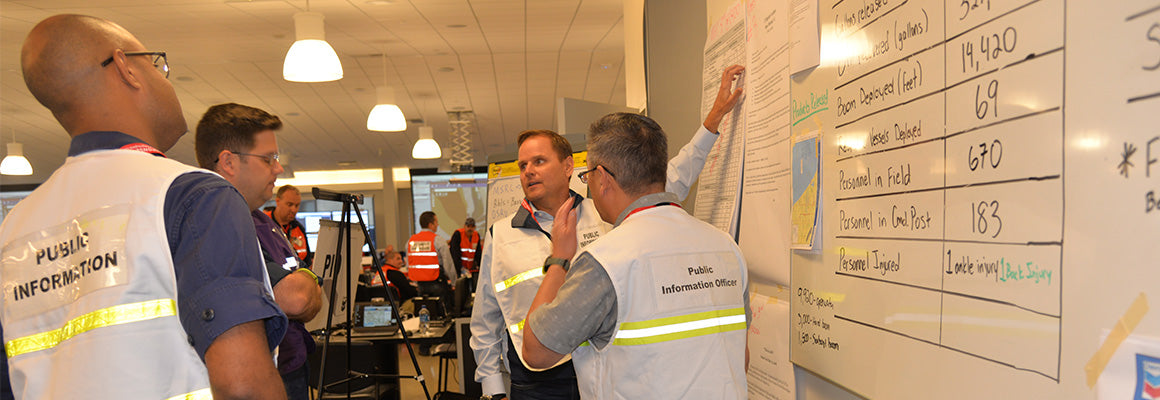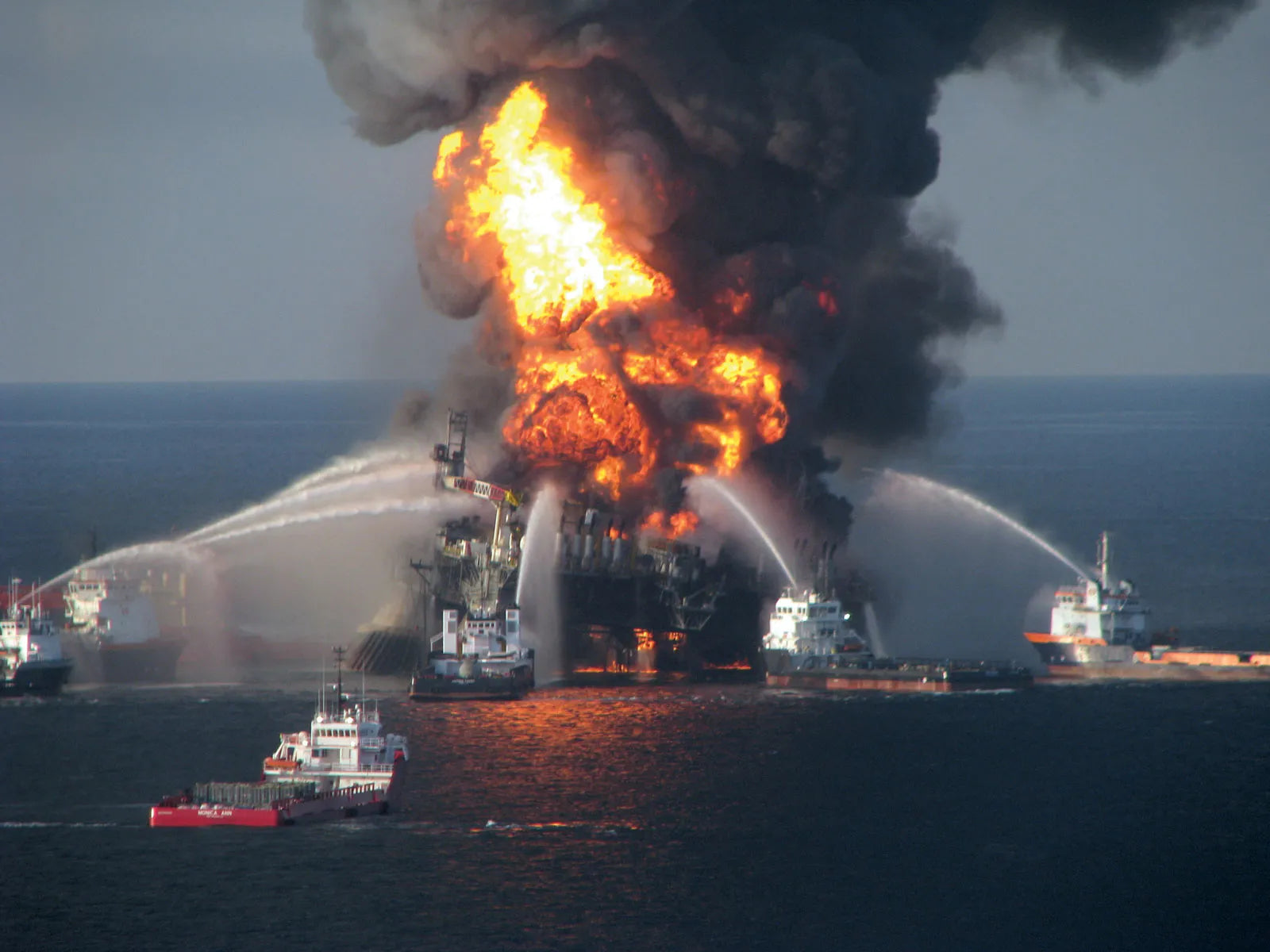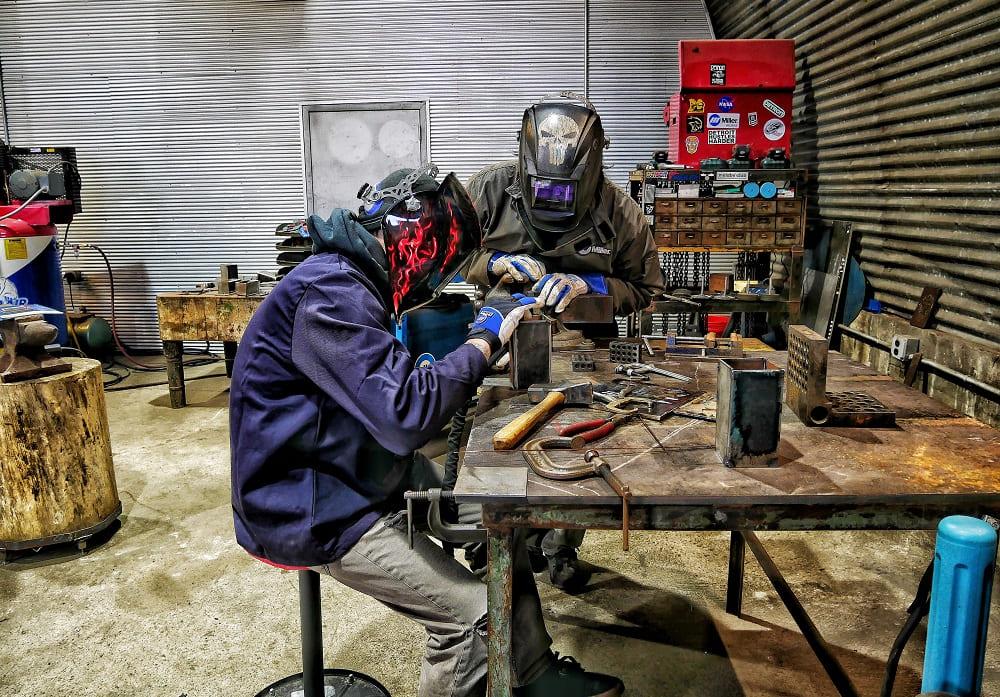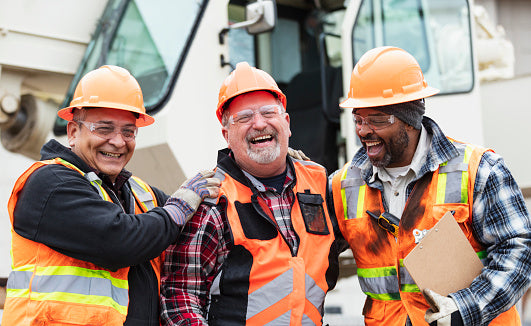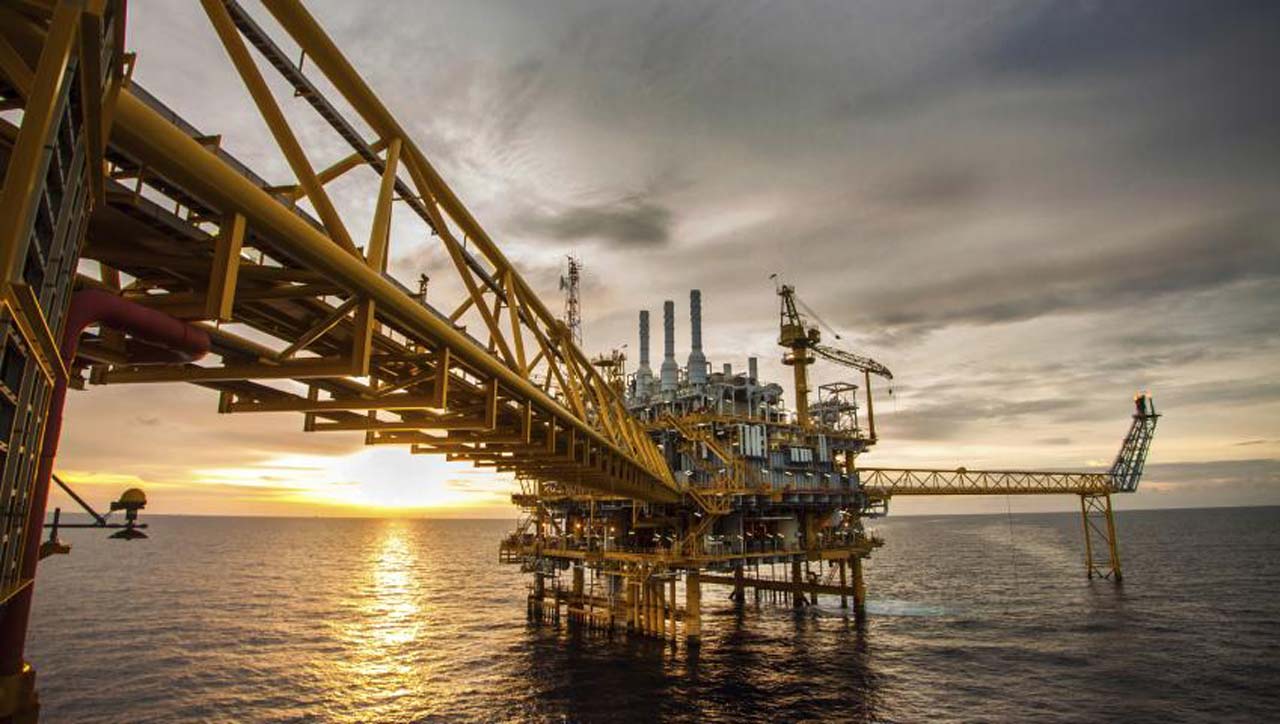
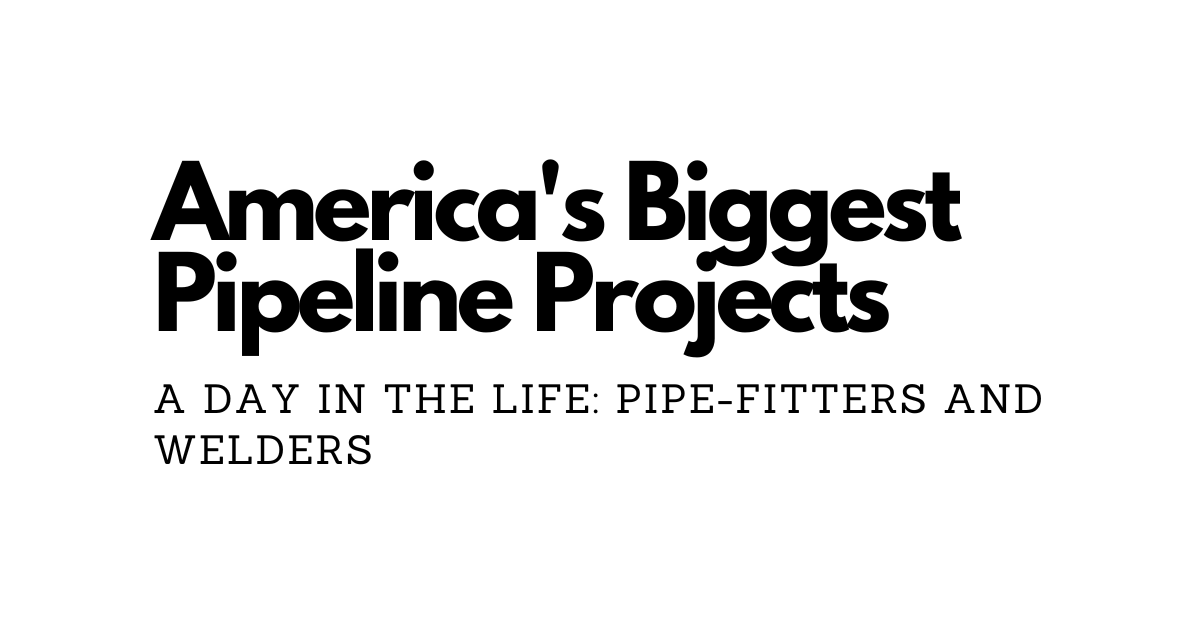
Across the vast expanse of America, from the icy stretches of Alaska to the sun-scorched plains of Texas, pipelines weave through the landscape, delivering the oil and gas that power our lives. Behind every mile of steel, there are skilled pipe-fitters and welders whose expertise makes these monumental projects possible. This article delves into a typical day in their lives, highlighting their critical role, challenges, and the immense value they bring to the nation's energy infrastructure.
The Vital Role of Pipe-Fitters and Welders: Pipe-fitters and welders are the craftsmen who assemble and secure the complex networks of pipelines. Their work demands precision, resilience, and a deep knowledge of materials, pressure systems, and safety standards.
Core Responsibilities:
-
Interpreting complex blueprints and technical plans
-
Aligning and fitting pipes with meticulous accuracy
-
Welding joints to withstand extreme pressures and environmental conditions
-
Conducting rigorous inspections to ensure compliance with codes and standards
Their efforts ensure that pipelines operate safely and efficiently, with minimal risk to workers, communities, and the environment.
A Typical Day on a Pipeline Project: A day in the life of a pipe-fitter or welder is shaped by discipline and endurance. They often start early, before the sun rises, to maximize daylight hours and mitigate the effects of extreme weather.
Sample Daily Schedule:
| Time | Activity |
|---|---|
| 4:30 AM | Travel to job site |
| 5:30 AM | Safety meetings and task briefing |
| 6:00 AM | Equipment setup and pipe fitting begins |
| 10:00 AM | Mid-morning break |
| 10:15 AM | Welding operations and inspections |
| 12:30 PM | Lunch break |
| 1:00 PM | Continue welding, fitting, and quality checks |
| 5:30 PM | Wrap up, clean site, and prepare reports |
The physical demands are high. Workers must handle heavy equipment, operate in confined spaces, and adapt to changing weather conditions, often in remote locations far from home.
Essential Skills and Certifications: Becoming a successful pipe-fitter or welder requires more than just technical training; it demands a commitment to safety, problem-solving abilities, and teamwork.
Common Certifications:
-
Certified Welder (CW)
-
Certified Pipe Fitter (CPF)
-
OSHA Construction Safety Certification
-
American Petroleum Institute (API) Certifications
Key Skills:
-
Mastery of multiple welding techniques (MIG, TIG, Stick)
-
Mathematical aptitude for measurements and calculations
-
Acute attention to detail
-
Strong physical stamina and mental focus
Challenges on the Front Lines: Working on America's biggest pipeline projects presents numerous challenges:
-
Extreme Environments: Workers endure freezing winters, scorching summers, and rugged terrains.
-
Tight Schedules: Deadlines are often aggressive, requiring precision under pressure.
-
Safety Hazards: High-pressure systems, flammable materials, and heavy machinery necessitate stringent safety practices.
Despite these challenges, pipe-fitters and welders are driven by a profound sense of pride and purpose, knowing their work keeps America running.
Industry Compensation: Rewarding Hard Work: Pipeline welding and pipe-fitting jobs are among the highest-paying blue-collar roles in the United States.
Average Annual Salaries:
| Position | Salary Range (USD) |
| Entry-Level Pipe-Fitter | $50,000 - $70,000 |
| Experienced Pipeline Welder | $80,000 - $125,000 |
| Supervising Foreman | $100,000 - $140,000 |
Future Outlook: Steady Demand for Skilled Workers: As America's energy needs evolve, investments in new pipelines and upgrades to existing infrastructure are expected to continue. This trend promises steady demand for skilled pipe-fitters and welders.
Projected Job Growth (2025-2035):
| Year | Number of Pipeline Jobs |
| 2025 | 160,000 |
| 2030 | 180,000 |
| 2035 | 200,000 |
Conclusion: Unsung Heroes of America's Energy Backbone: The life of a pipe-fitter or welder on America's major pipeline projects is one of grit, skill, and resilience. Their work, often performed in challenging conditions, is indispensable to the energy systems that power industries, homes, and transportation networks across the country. As the energy sector grows and adapts, these skilled blue-collar professionals will remain at the heart of building America's future.
Looking for premium fire-resistant gear designed for pipe-fitters and welders? Discover Nexon's top-tier collection engineered for safety, performance, and comfort in the toughest environments.
